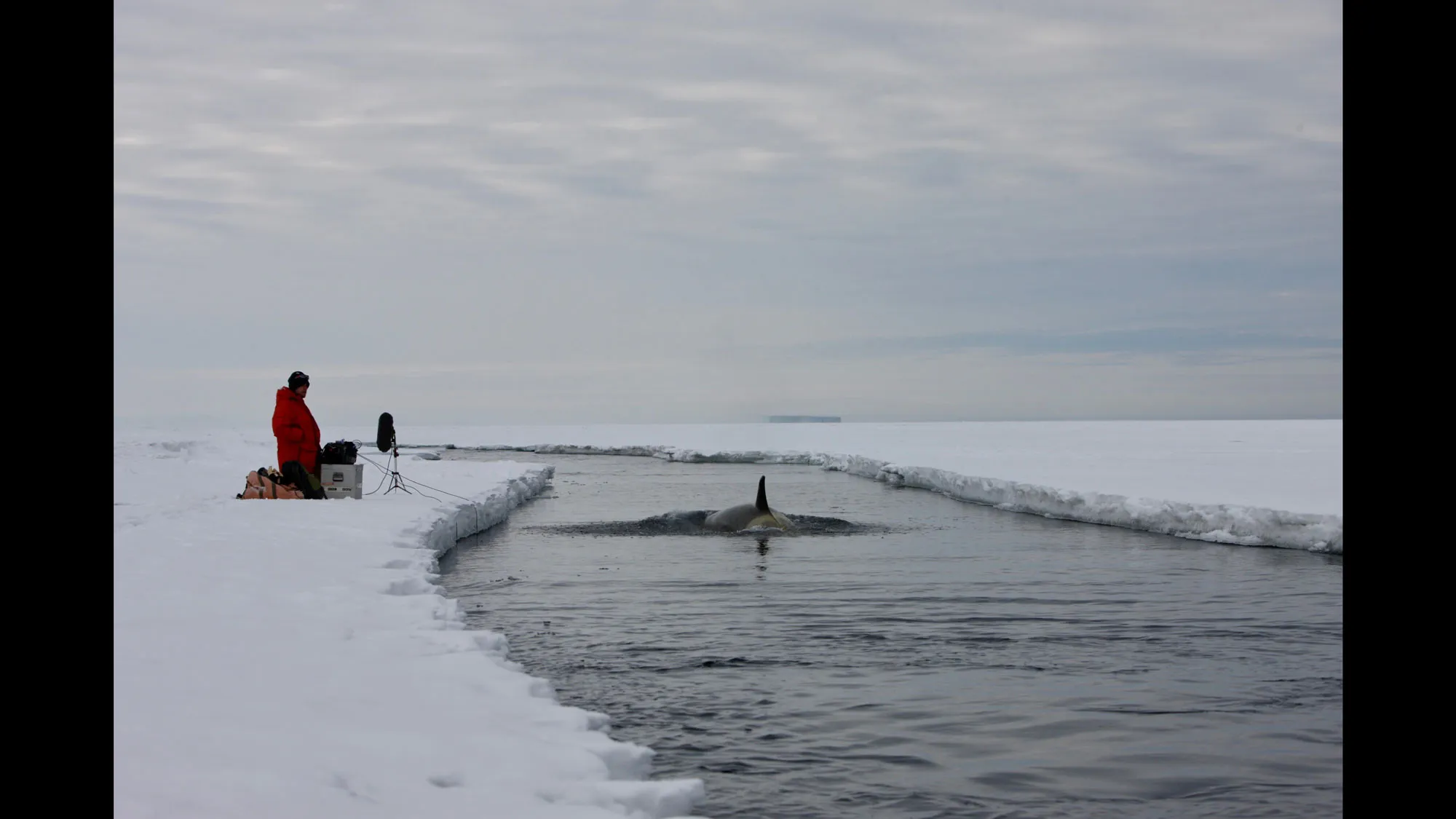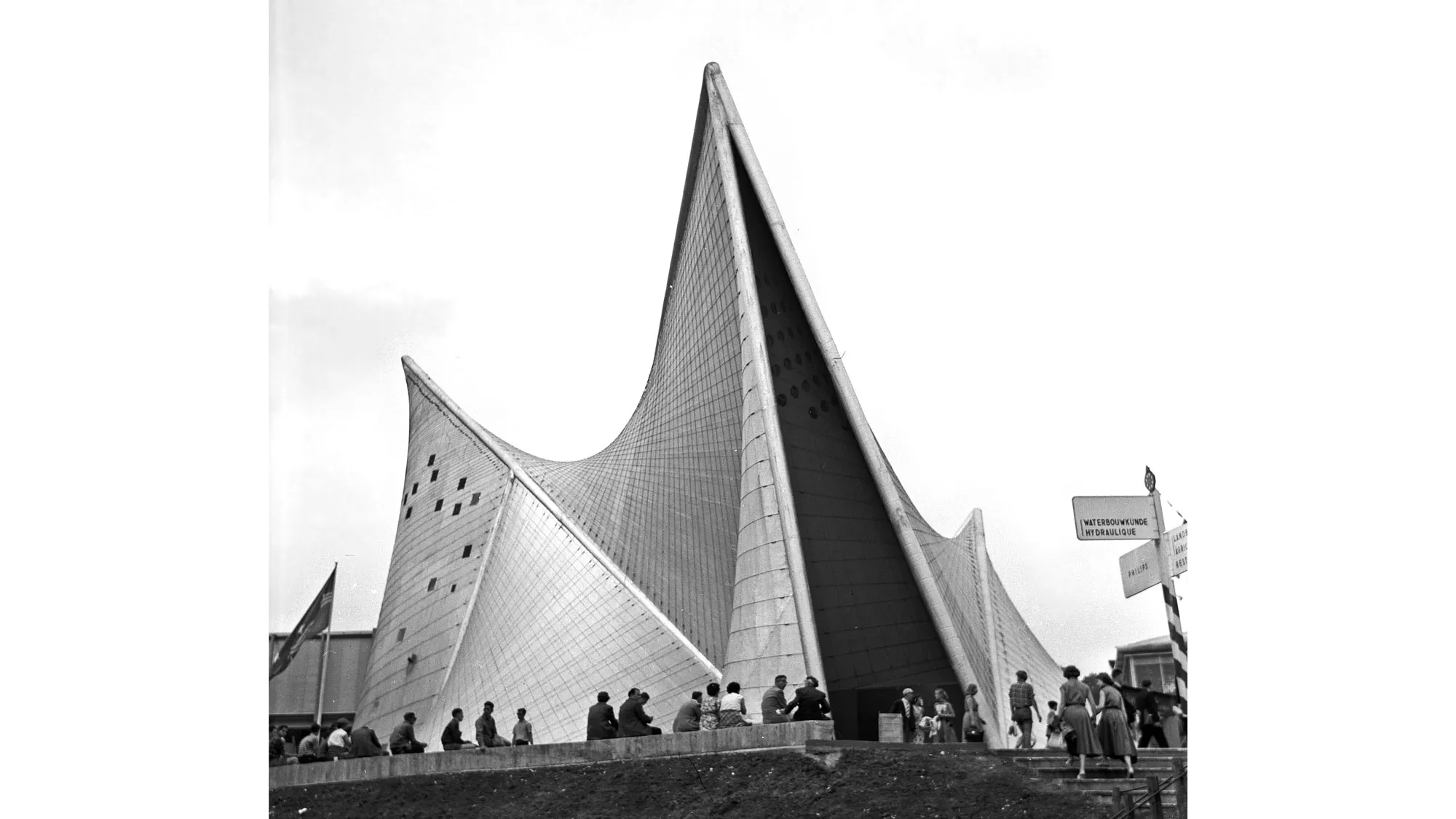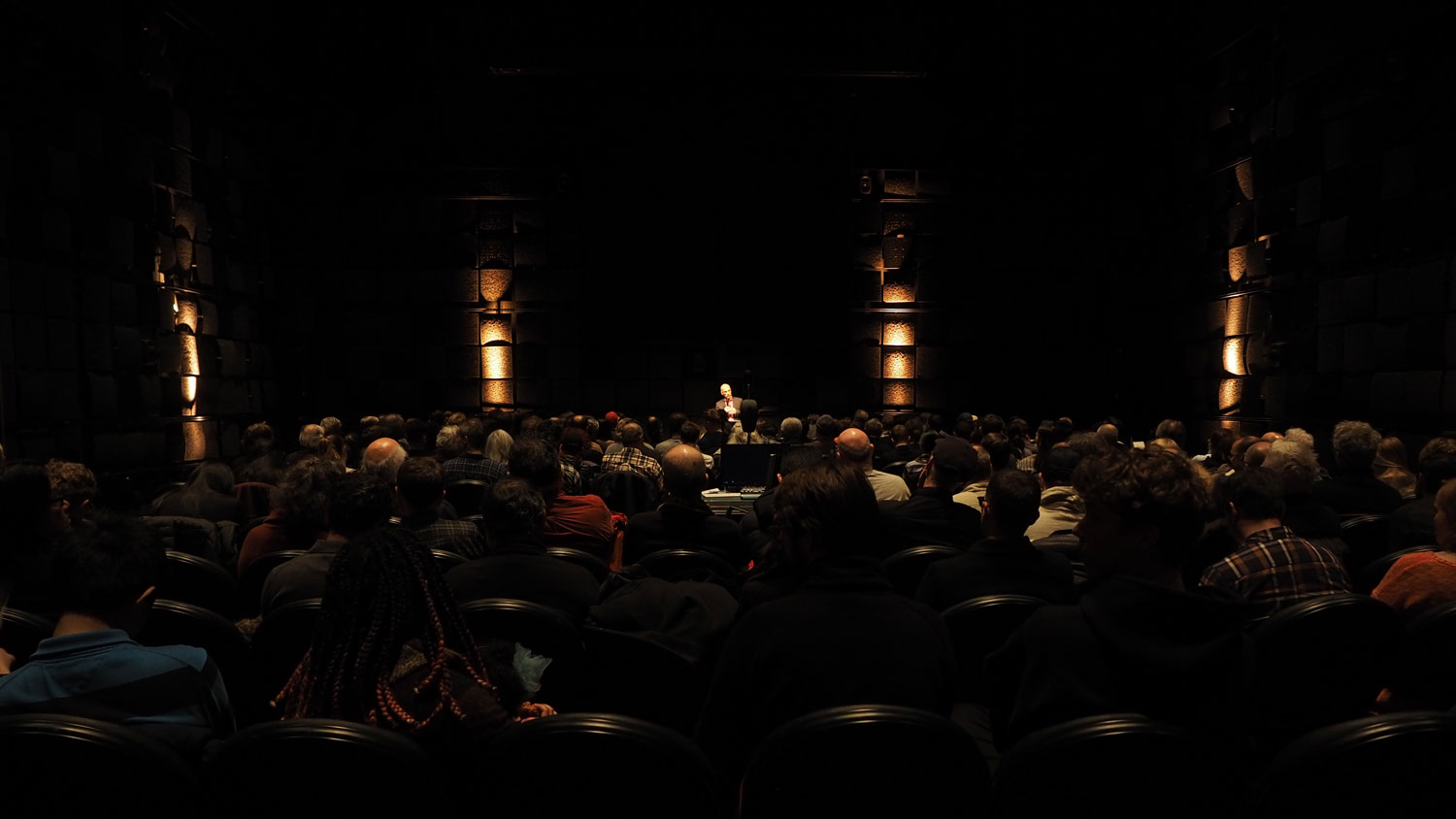Late Night Lounge
More information and tickets for the 2019 American Music Festival can be found on the Albany Symphony Orchestras website.
More information and tickets for the 2019 American Music Festival can be found on the Albany Symphony Orchestras website.
More information and tickets for the 2019 American Music Festival can be found on the Albany Symphony Orchestras website.
More information and tickets for the 2019 American Music Festival can be found on the Albany Symphony Orchestras website.
More information and tickets for the 2019 American Music Festival can be found on the Albany Symphony Orchestras website.
More information and tickets for the 2019 American Music Festival can be found on the Albany Symphony Orchestras website.
Stick around at the end of Accepted Students Day to hear Rensselaer's own orchestra in its home, the spectacular EMPAC Concert Hall. This Spring, the Orchestra presents classics of the orchestral repertoire: Sergei Prokofiev's colorful suite of music from the film Lt. Kijé depicts the imaginary life of a Russian soldier brought into the world by way of clerical error. Tchaikovsky's rousing Slavonic March musically describes the rise out from under tyranny of an oppressed people. Finishing the program is Beethoven's grandest orchestral essay, his Symphony no. 5 in C Minor.
In the Fall of 2018, the Rensselaer Orchestra performed at New York City's Carnegie Hall. Hear why this flagship student ensemble has been so celebrated within the Rensselaer community.
Though it has been claimed that “Musical interface construction proceeds as more art than science, and possibly this is the only way that it can be done” (Cook 2001), the role of engineering in interface design and construction is equally major, albeit sometimes neglected (Medeiros & Wanderley 2014). Given the unique physical and cognitive requirements of musical performances, it is essential that performers have access to responsive and reliable interfaces, many times including innovative engineering solutions (Hollinger & Wanderley, 2015).
In this talk I will discuss ways to address these complementary claims, building upon several examples of musical interfaces developed at the IDMIL, McGill University, including tools to help prototype musical interfaces (Malloch et al. 2014; Calegario et al. 2017).
Dr. Marcelo M. Wanderley runs the Input Devices and Musical Interaction Laboratory (IDMIL) at the Centre for Interdisciplinary Research in Music Media and Technology (CIRMMT) at McGill University. He is also a researcher at INRIA Lille, which is the Institut National de Recherche en informative automatique, a European center specializing in human computer interaction.

After a devastating earthquake, Nga, an old elephant and probably the last of his kind, and Sanra, his mahout, embark on a journey to find the mythical elephant’s graveyard. A story of discovery and mourning in which the spectator becomes the protagonist, the film follows the duo as they are stalked closely by a group of poachers, who begin to die one after another under mysterious circumstances.
Carlos Casas’s Sanctuary offers a mesmerizing sonic and visual cinematic environment that immerses the audience in the sounds, textures, and hues of the jungle. Projected on the mega-screen in EMPAC’s Concert Hall, and featuring live Ambisonics, Wavefield Synthesis, and infrasound to induce a deep sense of physical closeness with the elephant, Sanctuary presents a unique sensorial experience that collapses the boundaries between art, nature documentary, and adventure film.
Chris Watson collaborated with the bioacoustician and elephant communication expert Joyce Poole to record the acoustic sphere of elephants. Tony Myatt developed the infrasound speaker and implemented the spatial audio. Both will perform live on the speaker systems installed throughout the hall. This is the US premiere of the project, which was previously presented at the Fondation Cartier, Paris; the Tate Modern, London; and the Kunstenfestivaldesarts, Brussels.
Main Image: Eye of Nga, still from Sanctuary, Carlos Casas, Chris Watson, Tony Myatt. Courtesy of the artists.

Okeanos takes the audience on an auditory underwater journey around the globe. Years of recordings from pole to pole will be performed with three audio systems in the Concert Hall: a dome of 64 loudspeakers used to project sounds around the audience in an Ambisonic environment, a Wave Field Synthesis array, consisting of hundreds of small speakers placed above the audience, and a custom-built infrasound speaker used to create the lowest frequencies, which can be more felt than heard. The composition will include songs, signals, and vibrations from the smallest crustaceans to the loudest and largest animals ever to have existed.
Chris Watson and Tony Myatt will perform a version of the work specifically developed for EMPAC’s Concert Hall and its audio systems. This new version will also integrate sound materials recorded on the Northeastern coast of the US and humpback whale recordings from the Silver Banks (Dominican Republic).
Main Image: Chris Watson, courtesy of the artist

The concert this evening will inaugurate a 36-channel “Ambisonic” loudspeaker installation in EMPAC’s large Studio 1. The program will feature a selection of electronic compositions written specifically to reach listeners from all spatial directions. Electronic music composed for loudspeaker systems built around and above the audience has been pursued for over 60 years; since its inception, EMPAC has been creating listening and production environments for sound to move freely through space beyond the confines of traditional stereo or surround-sound systems.
The pieces played during this concert are mostly only available to the public in reduced stereo versions, since there are not many concert halls and performance venues where they can be experienced in full multi-channel sound projection. This concert offers a rare opportunity to listen to this music as it is meant to be heard. The program will include Karlheinz Stockhausen’s Gesang der Jünglinge from the mid 1950s, as well as Edgar Varese’s Poème électronique, which was famously performed in 1958 at the Brussels Worlds Fair over hundreds of loudspeakers in a pavilion designed by the architect Le Corbusier. The very first computer-music work created with “the simulation of moving sound sources,” Turenas by John Chowning (1972), will also be presented, along with newer works from the 21st century offering a wide variety of different musical styles that use loudspeakers as “ensemble.”
The pieces will be performed by Hans Tutschku (Harvard University), who is a composer, performer and teacher of music created for two ears and many loudspeakers.
Main Image: Expo 1958 Philips Pavilion, designed by Le Corbusier and Iannis Xenakis for a multi-media environment with Edgar Varese’s Poème électronique. Edgar Varese composed Poème électronique for the Philips Pavilion, designed by Le Corbusier and Iannis Xenakis, for the Expo 1958 in Brussles. Photo: Wouter Hagnes / Wikipedia.

Hans Tutschku in Studio 1 during 36 Loudspeakers for 2 Ears, March 2019. Photo: Vic Brooks/EMPAC.